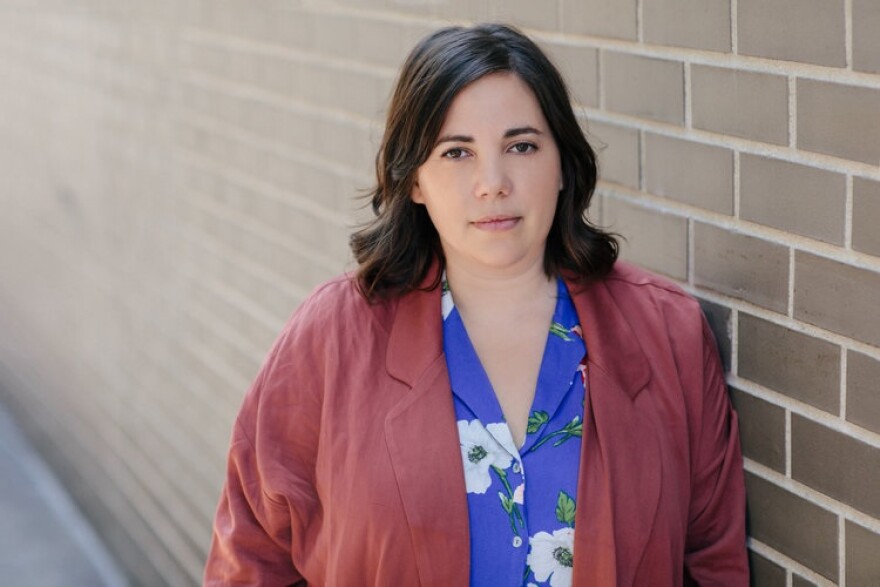On June 25, 1980, Vicki Durian and Nancy Santomero were killed in Pocahontas County. They were on the way to the Rainbow Family Gathering, an annual meeting of hippies and other like-minded people that celebrate peace, harmony and freedom held at different national forests across the country.
The murders captivated the region for decades. Local resident Jacob Beard was convicted of the murder in 1993, but he was later acquitted of all charges in a second trial in 2000. Joseph Paul Franklin, a white supremacist and serial killer, confessed to the murders. Franklin was put to death in 2013 for a different murder. He was never tried for the murders of the Rainbow Girls.
On its face, Emma Copley Eisenberg’s new book “The Third Rainbow Girl: The Long Life of a Double Murder in Appalachia,” is a true crime read about the 1980 murders of these two women.
But the story is also about its author. Eisenberg learned of the murders when she was working in the county as a VISTA volunteer around 2009, and in the story she recounts her own experiences living in the area and how it changed her.
“In many ways, the investigation of these crimes was the larger trauma to the community than the deaths themselves. That there was a lot of harm done to Pocahontas County because these women happened to die in this place, and I hope that people feel in some way relieved of some guilt,” she said. “I think it’s important for folks to know that I have a genuine love for that place.”
The book received good reviews from literary critics across the country, but some people in Pocahontas County have not responded well to it.
That’s why we asked one of West Virginia’s literary experts to give his take on the book.
Doug Van Gundy, a writer, associate professor of English, and the director of West Virginia Wesleyan College’s Master of Fine Arts program, in Buckhannon, West Virginia, has a personal tie to Pocahontas County himself. Van Gundy lived there when the case of the Rainbow Girls murder went to trial in the 1990s. He worked as a program director at a local community radio station at the time. In his review for “Inside Appalachia,” Van Gundy expressed mixed feelings about the book and found it was more of a memoir about Eisenberg than the true crime story the title suggests.
“Despite the subject and the setting, this is not, at its heart, a book about West Virginia, or Pocahontas County, or the difference between truth and perception, or even the murders of Vicki Durian and Nancy Santomero. It is about Emma Copley Eisenberg, and her occasionally painful, often self-destructive quest to understand herself,” Van Gundy said.
In Her Words
In an interview with associate producer Eric Douglas, Eisenberg said when she first started writing the book, she didn’t include her personal experiences in it, but she eventually changed her mind.
“I felt it was important to acknowledge where I was from and what my position in encountering the community in Pocahontas County was,” she said. “I hope the book will speak to readers both inside the county and elsewhere. But I want to make sure that readers elsewhere also understand that Pocahontas County is a contemporary place that’s living and breathing. That is not something of the past.”
Writing a book about an event that was so emotional for the local community was difficult for Eisenberg, and she felt she needed to share her own experiences to make the story complete. She said this was the most truthful book she could write.
On the other hand, she never intended her book to be a “definitive history of the crimes.” She said she knows there are other research projects going on and she welcomes them, even if they end up conflicting with her book.
Eisenberg did a lot of research into the convoluted investigation, including
interviewing Jacob Beard. Eisenberg traveled to Florida, long after he was released from jail. She recounts it was a tough conversation.
As to the negative reactions from some people in the community? She said she hopes their anger spurs conversations about the issues she raised in the book.
“I didn’t want to write a true crime book that is a page turner about who killed the Rainbow Girls,” she said. “That isn’t my intent and never was. What I wanted to write was a book that explored what these crimes mean.”





















